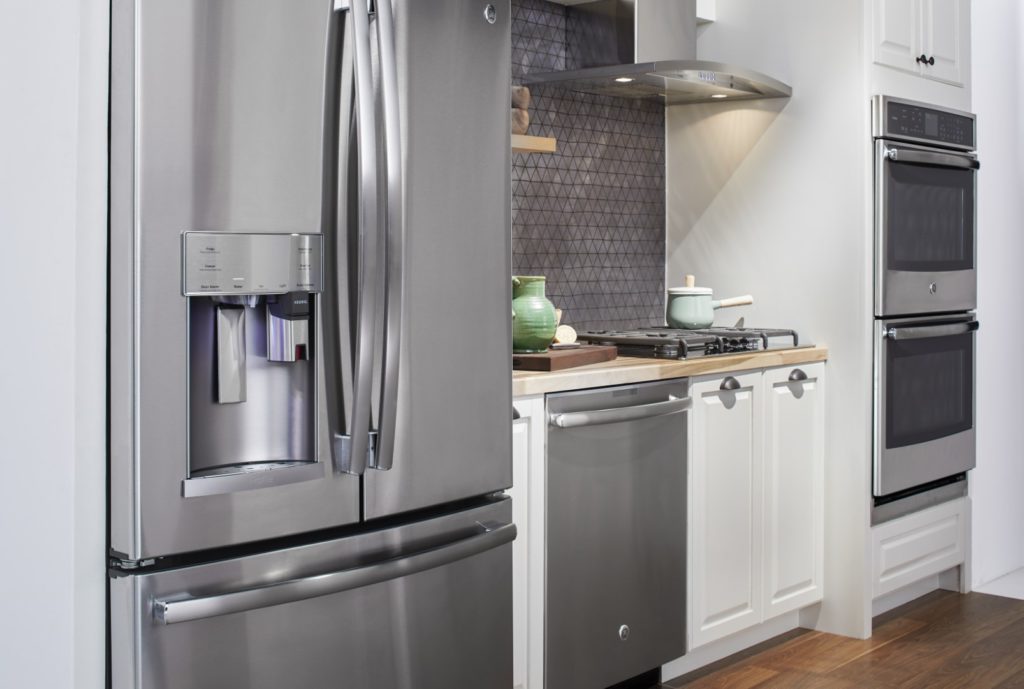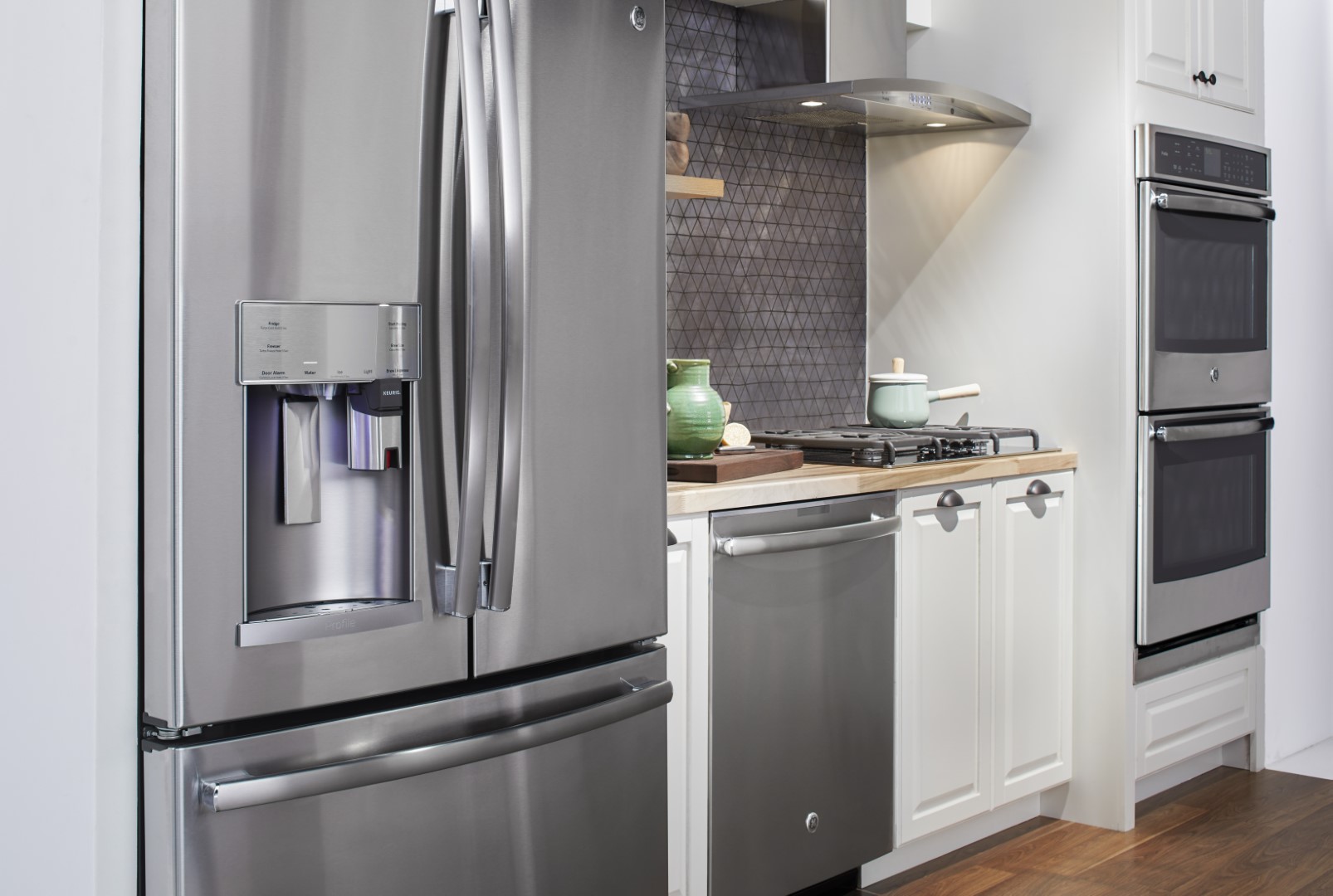
Warning:
*Before attempting to repair your stainless steel appliance yourself, consult your local store or a stainless steel restoration specialist.
**Make sure your appliance is made of stainless steel (a magnet should not stick to it).
***At no time is BrandSource responsible for any damage you may cause to your appliance by following these instructions.
Stainless steel is favoured for its sleek look and durability. It’s an excellent choice for cookware, kitchen appliances, sinks, fixtures, and other items around the house and workplace. Unfortunately, whether it’s a microwave, dishwasher or refrigerator, stainless steel can become scratched.
You don’t have to live with scuffed up steel forever, though! Follow these simple steps to remove scratches or scrapes on your stainless-steel appliances. One thing to keep in mind: Be sure to only apply these techniques on stainless steel that does not have a clear protective coat or synthetic surface applied.
Fine Scratches
To remove fine scratches, cleaners such as Comet, Revere Stainless Steel, and Copper Cleaner can be used to gently buff stainless steel. If you can’t find any of those, appliance manufacturers often make their own cleaners that are easy to find at home improvement stores. Minor scratches can also be concealed with the use of a stainless-steel polish. Unfortunately, you must reapply the polish on a frequent basis to keep your products looking great, but this may be the best method for appliances covered with protective film.
Deep Scratches
Deeper scratches, meet your match: Sandpaper. A piece of wet fine-grit sandpaper can be used to remove deeper scratches. Make sure to always keep it wet, and follow up with a rubbing compound.
Start with the scratch and then blend it in. Determine the direction of the grain and start sanding in one direction only, following the brushed pattern. Don’t sand back and forth and NEVER sand against the grain. If you need to use a courser-grit paper to remove deeper scratches, follow up with a finer grit, and then finally a rubbing compound.
The sanding technique only works on plain (uncoated) stainless steel panels: Don’t try it on simulated stainless steel or stainless panels with a fingerprint-resistant clear coat.
Clean and Polish
After removing scratches and unwanted marks, you can then clean and polish your stainless-steel appliance. With a clean microfibre cloth, wipe down the newly sanded surface. This will remove sanding and metal dust, as well as leftover polishing compound or water. Even when you’re cleaning, it’s also important to rub and buff in the direction of the grain.
For best results, spray the surface of the metal with several sprays of vinegar, and then pull out another clean microfibre cloth to wipe the metal. The vinegar will clean the surface and remove all traces of other compounds and cleaners.
Once the stainless steel is clean and dry, start polishing. Apply a few drops of oil to a clean microfibre cloth. You can use mineral oil, vegetable oil, or even olive oil. Rub the cloth against the steel, in the direction of the grain, to polish the metal. Add more oil as necessary. Continue rubbing until the entire surface has been polished.
Stainless steel has a beautiful finish and following these steps will ensure your stainless-steel surface remains scratch free, while bringing out that brand-new shine that you fell in love with in the first place.
Amanda, Your Appliance Expert

